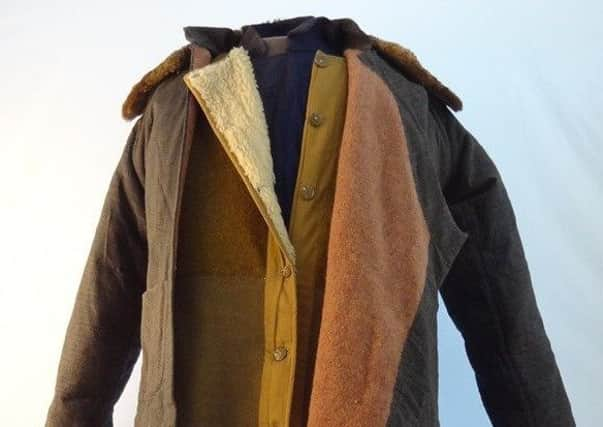Museum’s prize exhibit recalls a daring escape from the Japanese army


It is highlighted by the coat (pictured) worn by the dashing Captain Raymond Dewar-Durie, who narrowly escaped capture when the Japanese invaded Shanghai shortly after their treacherous attack on Pearl Harbor in 1941.
He was commissioned into the Argylls (a regiment in which countless Bairns once served) in 1925, and from 1929 served in a number of increasingly important roles in China - where he learned Mandarin and produced an English-Mandarin dictionary.
Advertisement
Hide AdAdvertisement
Hide AdIn Shanghai on December 8, 1941, he was awoken by a phone call, to learn that a state of war now existed between Britain and Japan.
As a British officer he would be taken prisoner, with the high risk of brutal treatment, including torture or (as happened at Singapore) even arbitrary murder at the hands of the Japanese forces.
He related: “We went into hiding among Chinese friends living in three different places. After several days, we left in a car boot and were driven past the Japanese sentries. Once, footsteps came to the car but the boot was not opened. We were released outside the city.”
Wearing these clothes, and clear of Shanghai, Dewar-Durie and his fellow escapees were smuggled past Japanese guards on a boat, hidden amongst a cargo of pigs.
Advertisement
Hide AdAdvertisement
Hide AdThey travelled 2,000 miles west, reaching the safety of Chongquing (by then capital of the Chinese nationalist resistance) in February 1942.
Later Dewar-Durie, who died in 1999, played a key role in the famous Yangzte Incident, in which HMS Amethyst staged a remarkable escape under the batteries of Communist Chinese artillery.
This tale - and many other fascinating stories from the annals of the Argylls - will be told to an international audience when the Museum opens its doors at Stirling Castle next year.